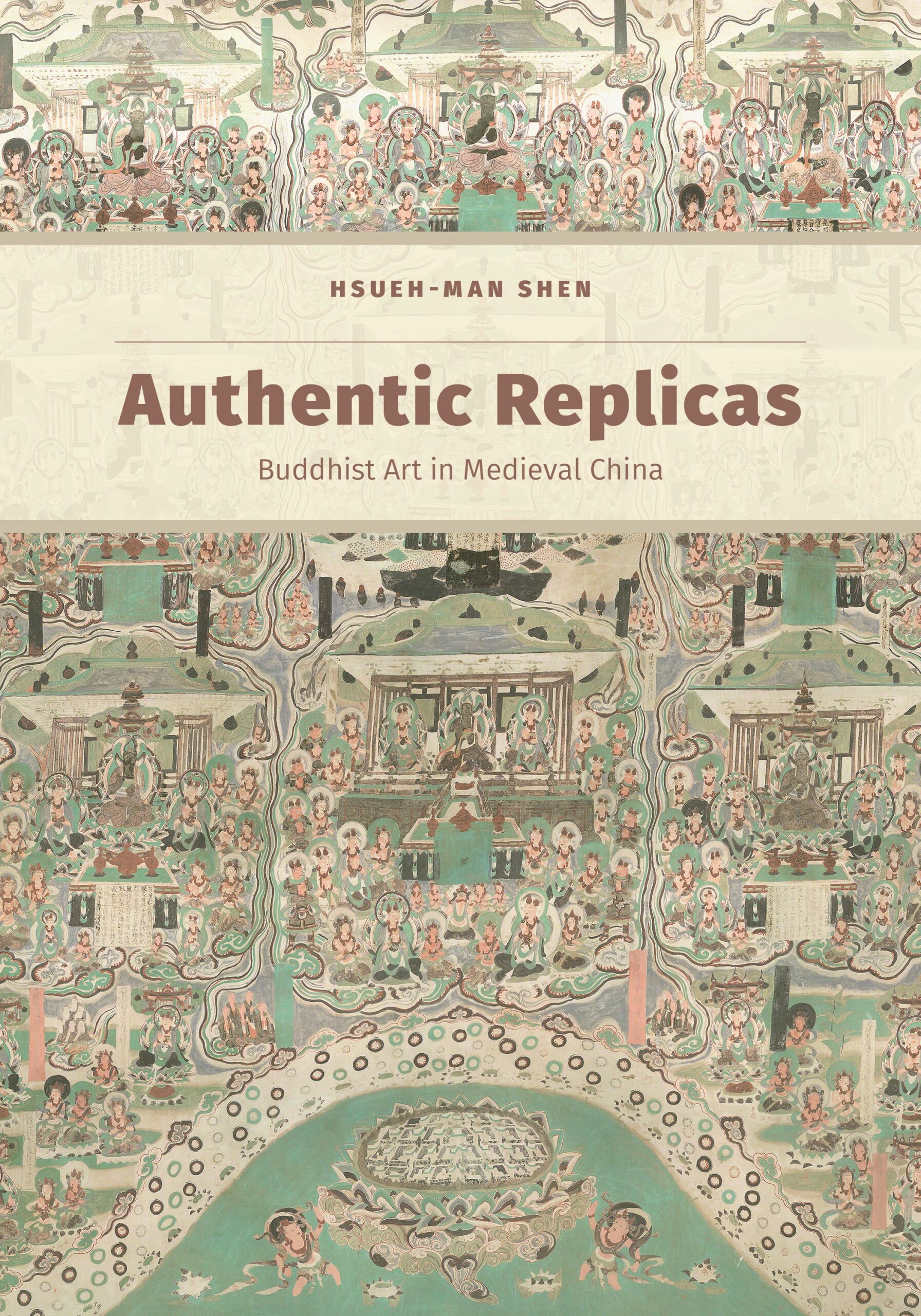Authentic Replicas: Buddhist Art in Medieval China
- About the Book
-
As belief in the Buddha grew and his teachings were transmitted across Asia, Buddhist images, scriptures, and relics were duplicated and reduplicated to satisfy the needs of increasing numbers of the faithful. Yet how were these countless copies of sacred objects able to retain their authenticity and efficacy? Authentic Replicas explores how Buddhists in medieval China (seventh to twelfth centuries) solved this conundrum through the use of traditional methods of replication such as stamping, mold casting, and woodblock printing to create objects that fulfilled the spiritual aspirations of those who possessed them. Setting aside Western notions about the relative value of copies versus the “original,” the book posits Buddhist ideas on what imbues an object with credibility and authority and offers fresh insights into the ways authenticity was represented and reproduced in the Chinese Buddhist context.
Each section of the volume focuses on an area of artistic output to provide readers with a thorough grasp of the theological concepts underpinning each act of duplication. Part I looks at the replication of sutras to clarify how the spiritual value of a handwritten sutra differed from a printed one. In Part II, clay tablets, woodblock prints, silk paintings, and cave murals are examined to trace iconographic lineages and uncover the divine identity in each new replica. The chapters in Part III describe in detail the copying of the Buddha’s bodily relics and the endlessly repeated votive act of burying these in stupas. Of particular significance is the visual and textual vocabulary used on reliquaries to persuade adherents to believe in the actual presence of the Buddha concealed inside.
Deftly weaving together data and research from several disciplines, including Buddhist studies, archaeology, and art history, Authentic Replicas vividly conveys how replication lay at the heart of Buddhist worship in medieval China, offering a new understanding of how religious belief guided the artistic output of an entire age.
- About the Author(s)
-
Hsueh-man Shen, Author
Hsueh-man Shen is associate professor: Ehrenkranz Chair in World Art at the Institute of Fine Arts, New York University.
- Reviews and Endorsements
-
- This is a sweeping, detailed, and rigorously argued examination of the practice of replication in Chinese Buddhism. Hsueh-man Shen wrestles with Chinese conceptions of authenticity and imitation, arguing that, contrary to the modern notion that art loses its aura through reproduction, in traditional China reproduction only increased the reach and power of Buddhist art. She stretches the boundaries of art history to include not just painting and sculpture, but also manuscript and book production, and the complex culture centered on relics. Her work shows a deep familiarity with the primary and secondary literature on Chinese Buddhist art. Her discussion of objects is extraordinarily rich; her choice of illustrations, novel and stimulating.
—John Kieschnick, Stanford University
- This is a sweeping, detailed, and rigorously argued examination of the practice of replication in Chinese Buddhism. Hsueh-man Shen wrestles with Chinese conceptions of authenticity and imitation, arguing that, contrary to the modern notion that art loses its aura through reproduction, in traditional China reproduction only increased the reach and power of Buddhist art. She stretches the boundaries of art history to include not just painting and sculpture, but also manuscript and book production, and the complex culture centered on relics. Her work shows a deep familiarity with the primary and secondary literature on Chinese Buddhist art. Her discussion of objects is extraordinarily rich; her choice of illustrations, novel and stimulating.
- Supporting Resources
-





